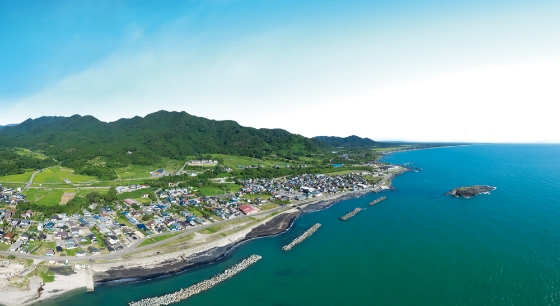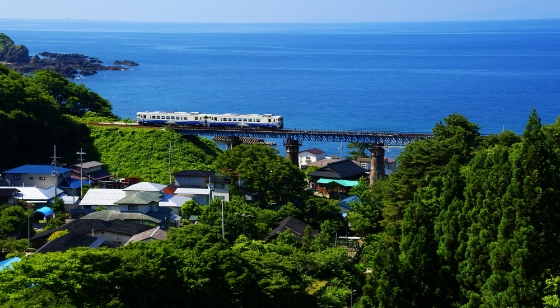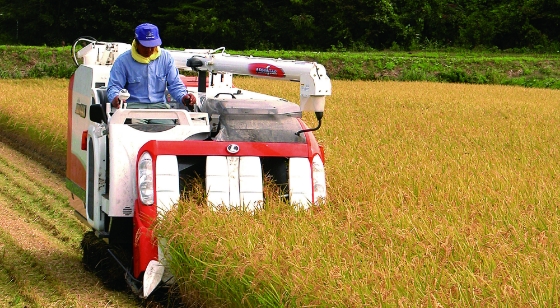I will show you some great sight in our town!
Contact: Happo Tourism Association http://www.happouta.jp/home/
The Japanese sandfish (Arctoscopus japonicus) is a migratory deep-sea dweller that holds a special place in Akita’s traditional food culture. Known in Japanese as hatahata, it is the prefectural fish of Akita.
Hatahata live an average of five years and can grow to 20 centimeters. In late November and December, they migrate from their offshore sea-bottom habitat to lay eggs along the shallow coastline. Fishermen await them with nets, eating some of the catch right away and salting or pickling the rest for consumption throughout the year.
Historically, this winter-time bounty was considered a divine gift sent when other food was in short supply. One of the ways to write hatahata combines the characters for “fish” and “god” in acknowledgment of this blessing. It is also written with the characters for “fish” and “thunder,” a reference to the stormy weather common when the fish are in season.
The fish have white flesh with a mild flavor. They are eaten grilled, dried, or in a form of partially fermented sushi (narezushi) called hatahatazushi. They are also used to make pickled miso seasoning, flavored salts and oils, and a sauce known as shottsuru that is similar to Thai fish sauce. Shottsuru is the main seasoning in shottsuru nabe, a hotpot dish that contains whole hatahata, green onions, and tofu. Because the fish are caught during the spawning season, many of the females carry eggs. Hatahata roe—called buriko in Akita—is unusually tough and rubbery, making it difficult to eat without cooking or other processing. As a result, a local company developed hatahata caviar in 2015.
Populations of hatahata were dangerously depleted by overfishing in the late twentieth century, but fishermen in Akita voluntarily suspended fishing from 1992 to 1995. In the early twenty-first century, four prefectures established a monitoring and recovery group that helped the fish rebound. Regrettably, stocks have once again fallen slightly in recent years, a trend that may be due to the warming of oceans worldwide.
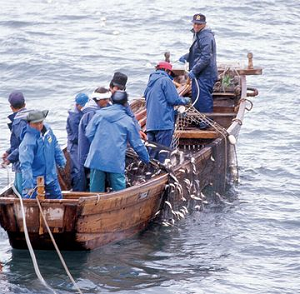
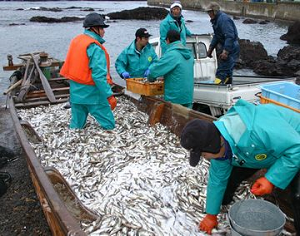
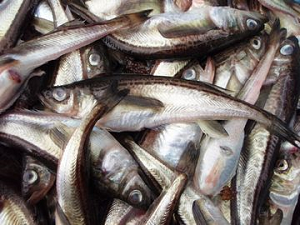
* This English-language text was created by the Japan Tourism Agency

